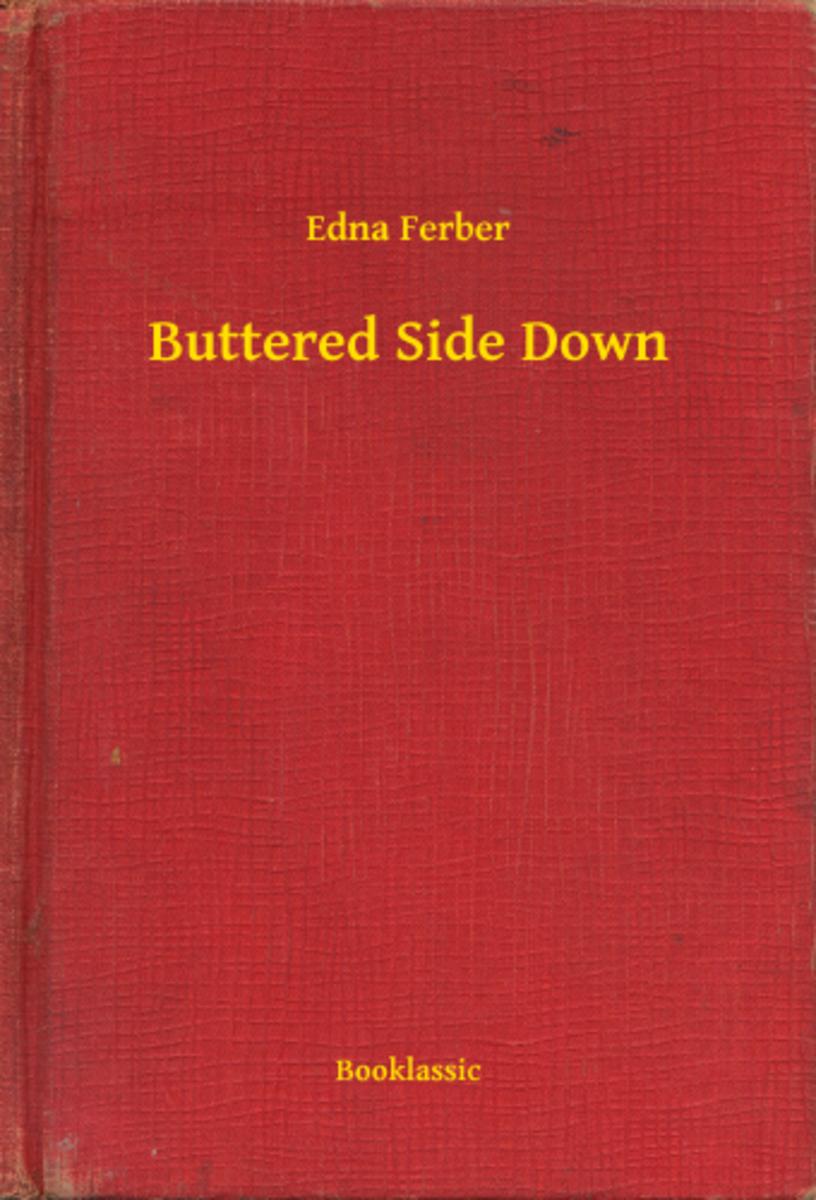
Buttered Side Down
¥8.01
Buttered Side Down
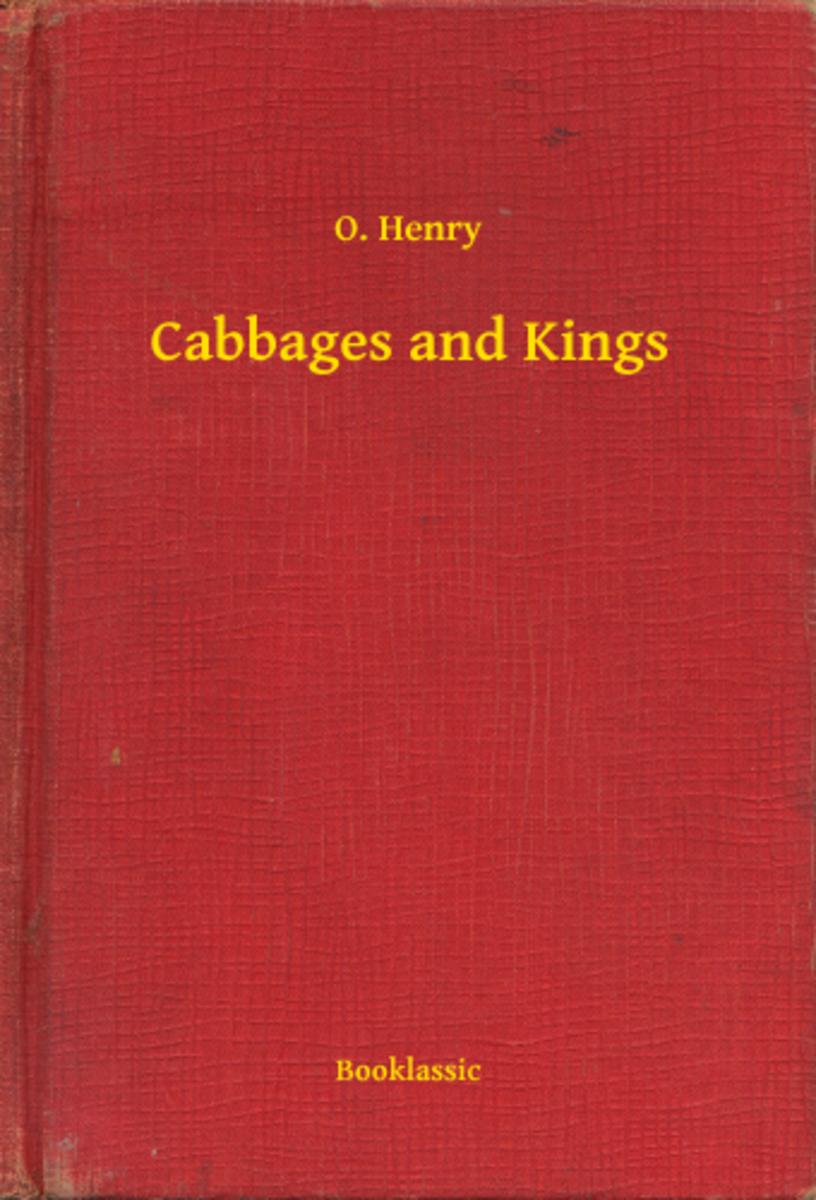
Cabbages and Kings
¥8.01
Cabbages and Kings
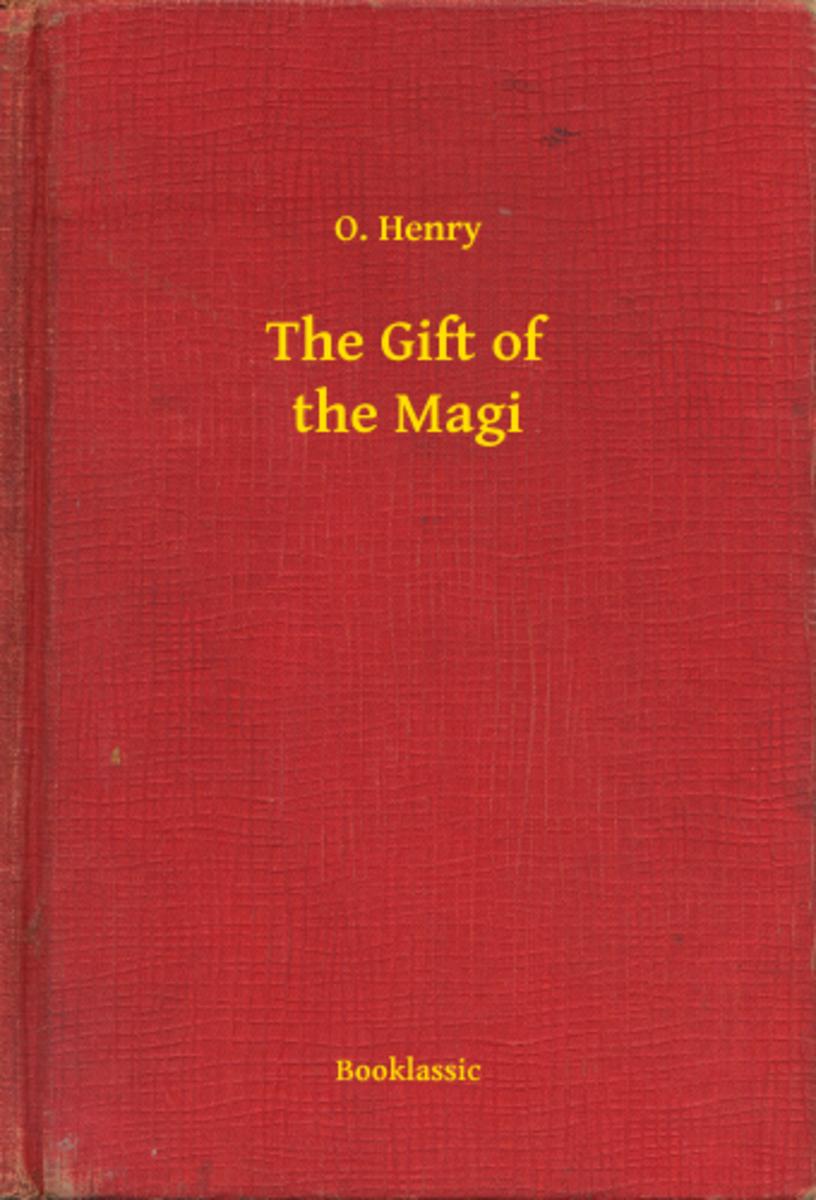
The Gift of the Magi
¥8.01
The Gift of the Magi
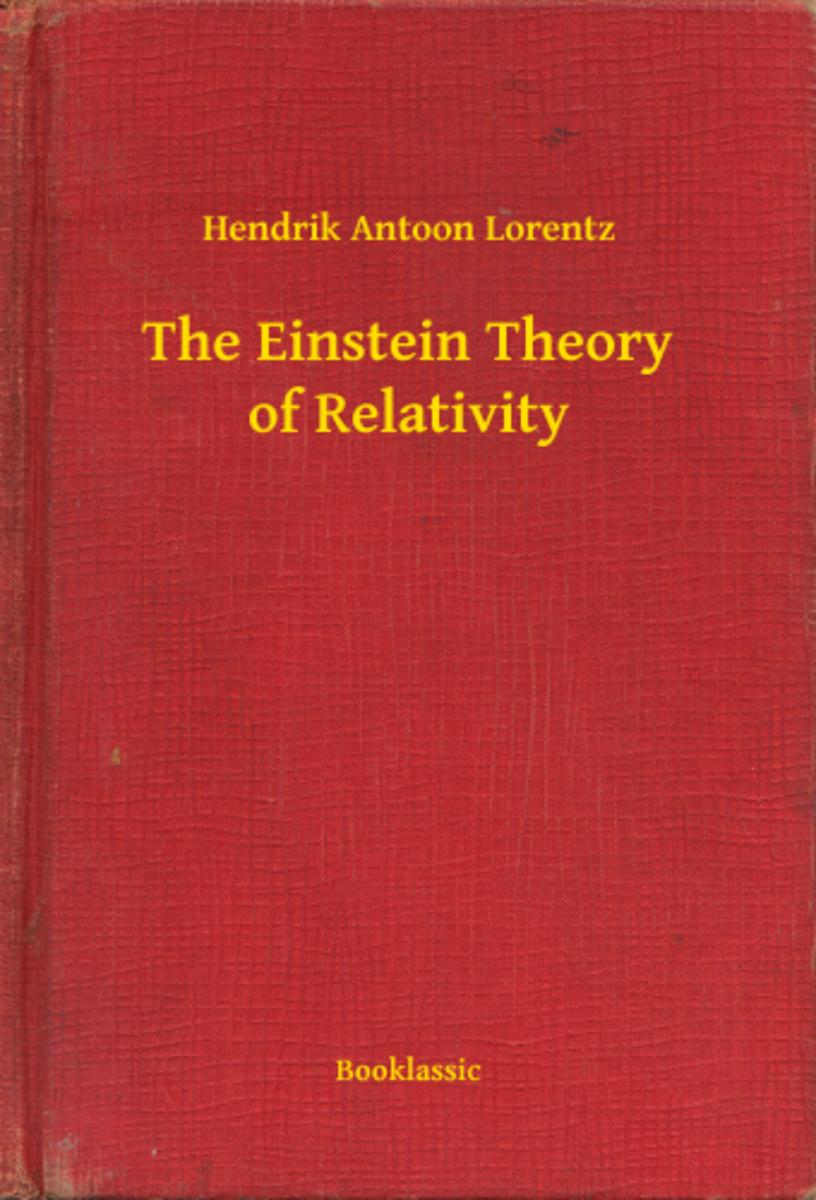
The Einstein Theory of Relativity
¥8.01
The Einstein Theory of Relativity
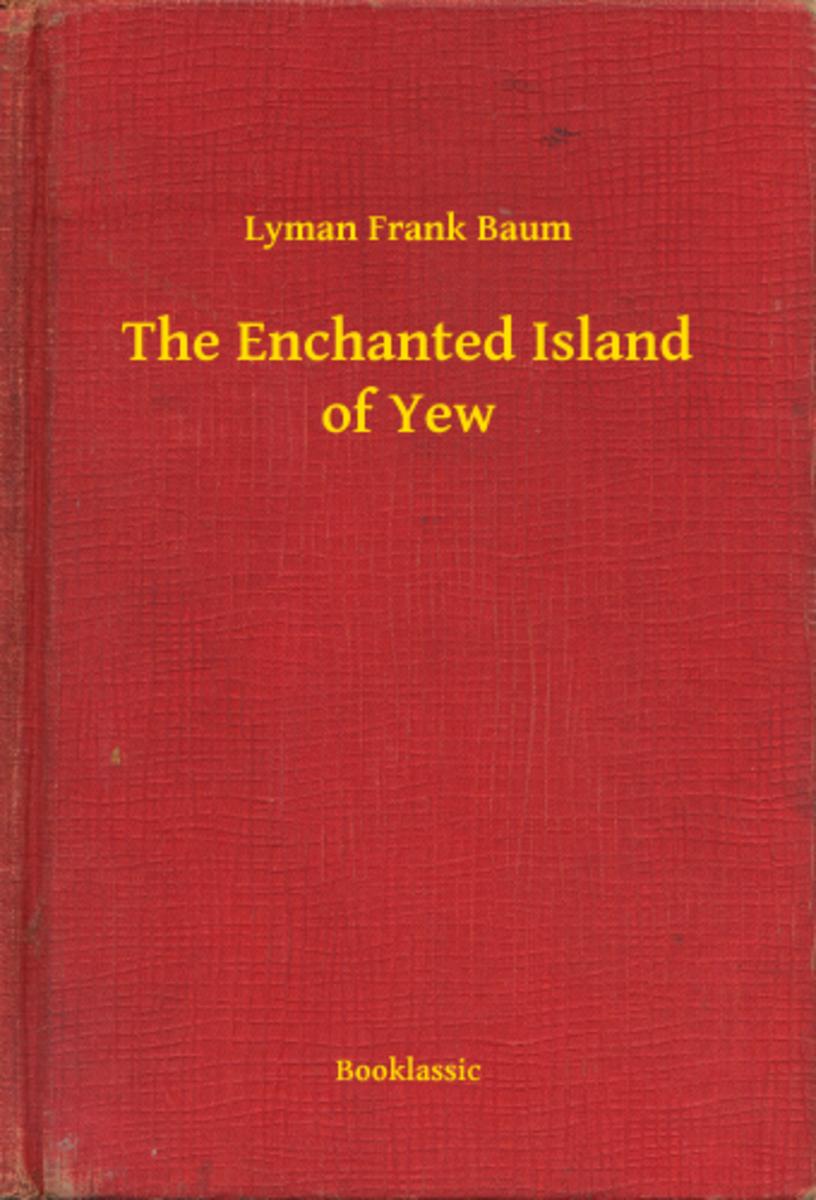
The Enchanted Island of Yew
¥8.01
The Enchanted Island of Yew
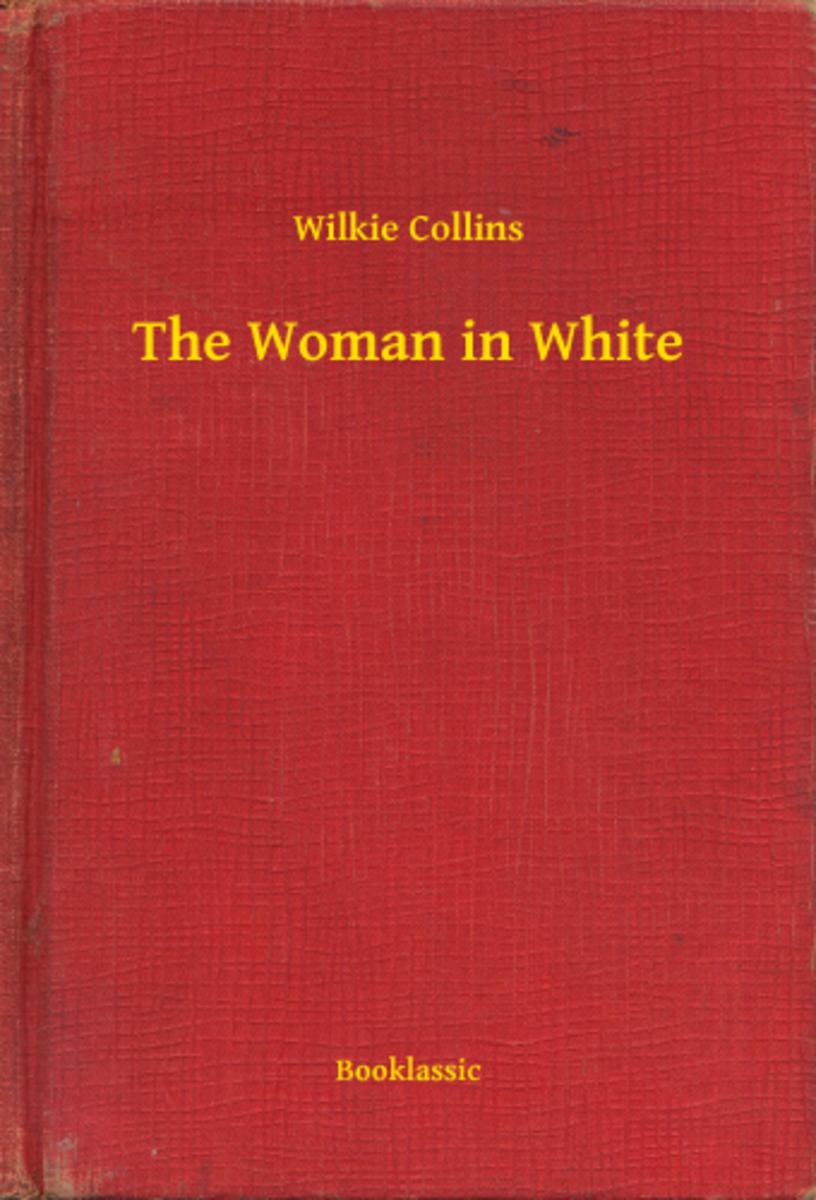
The Woman in White
¥8.01
The Woman in White
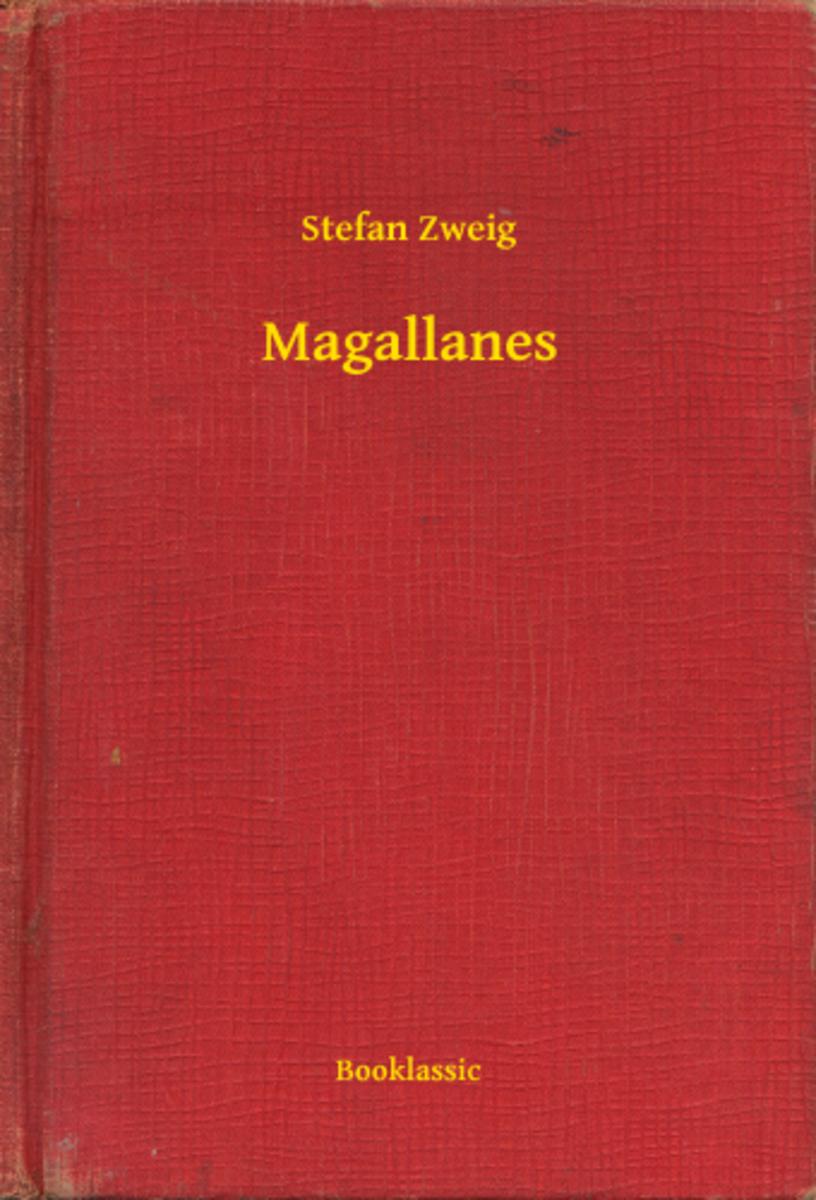
Magallanes
¥8.01
Magallanes
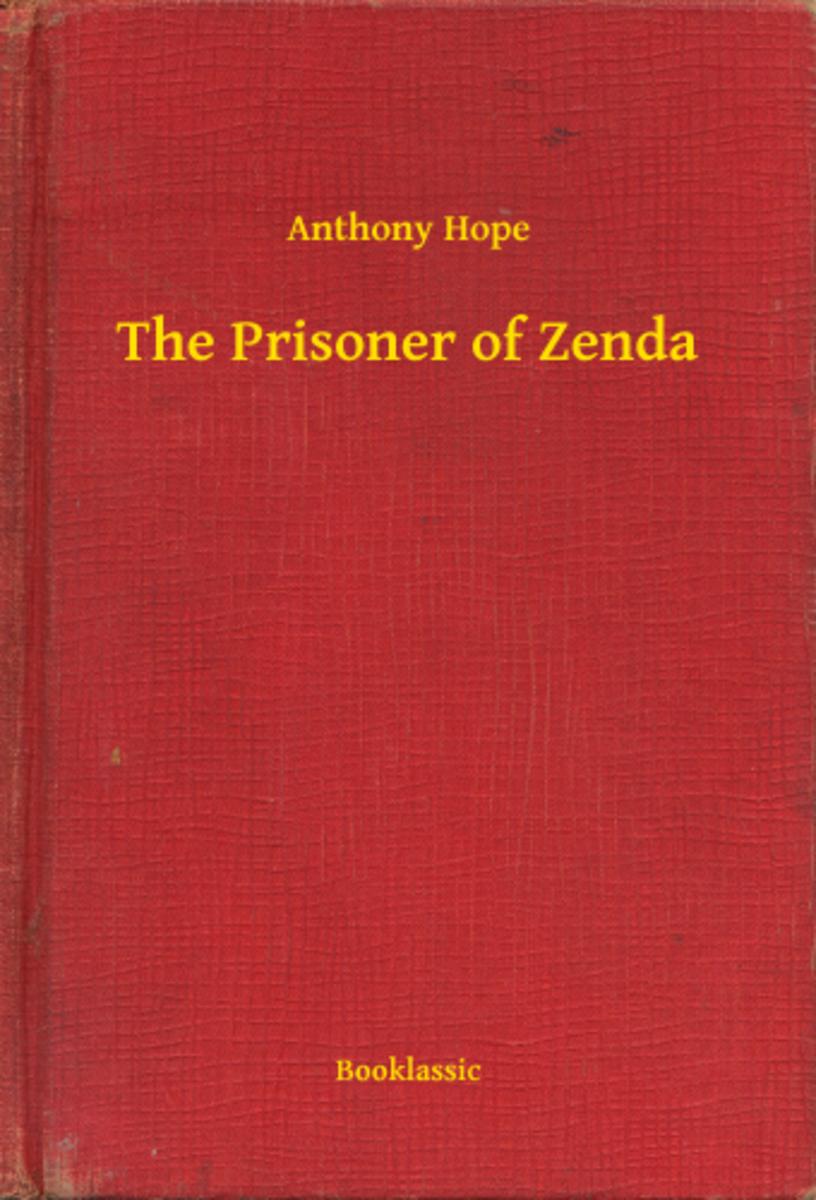
The Prisoner of Zenda
¥8.01
The Prisoner of Zenda
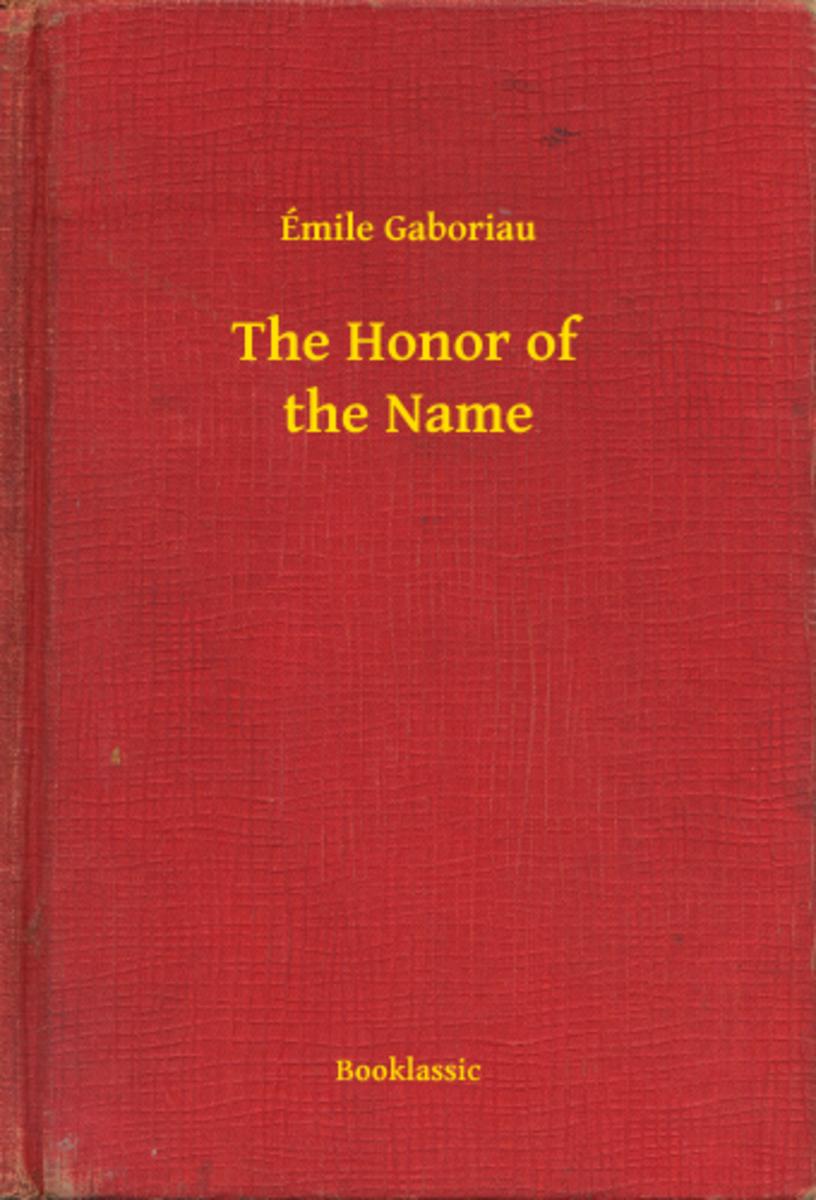
The Honor of the Name
¥8.01
The Honor of the Name
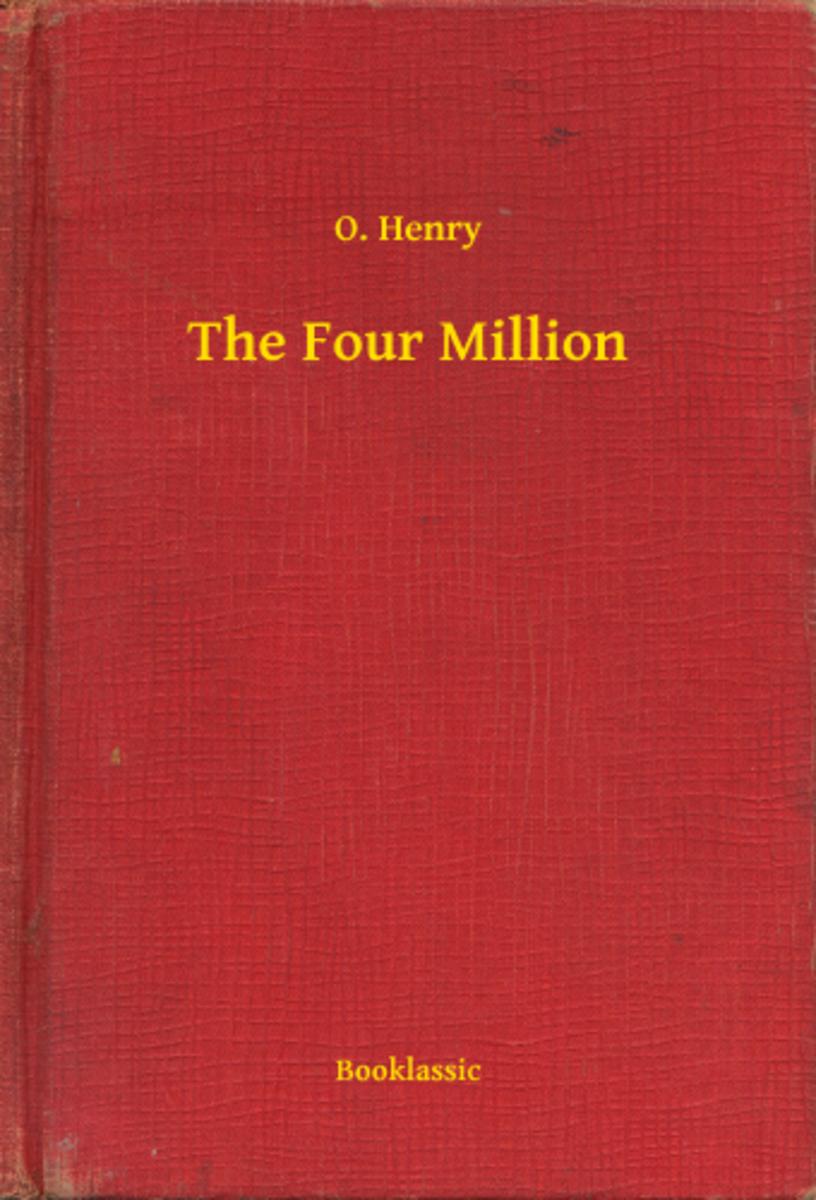
The Four Million
¥8.01
The Four Million

The Well at the World's End
¥8.01
The Well at the World's End

The Disintegration Machine
¥8.01
The Disintegration Machine
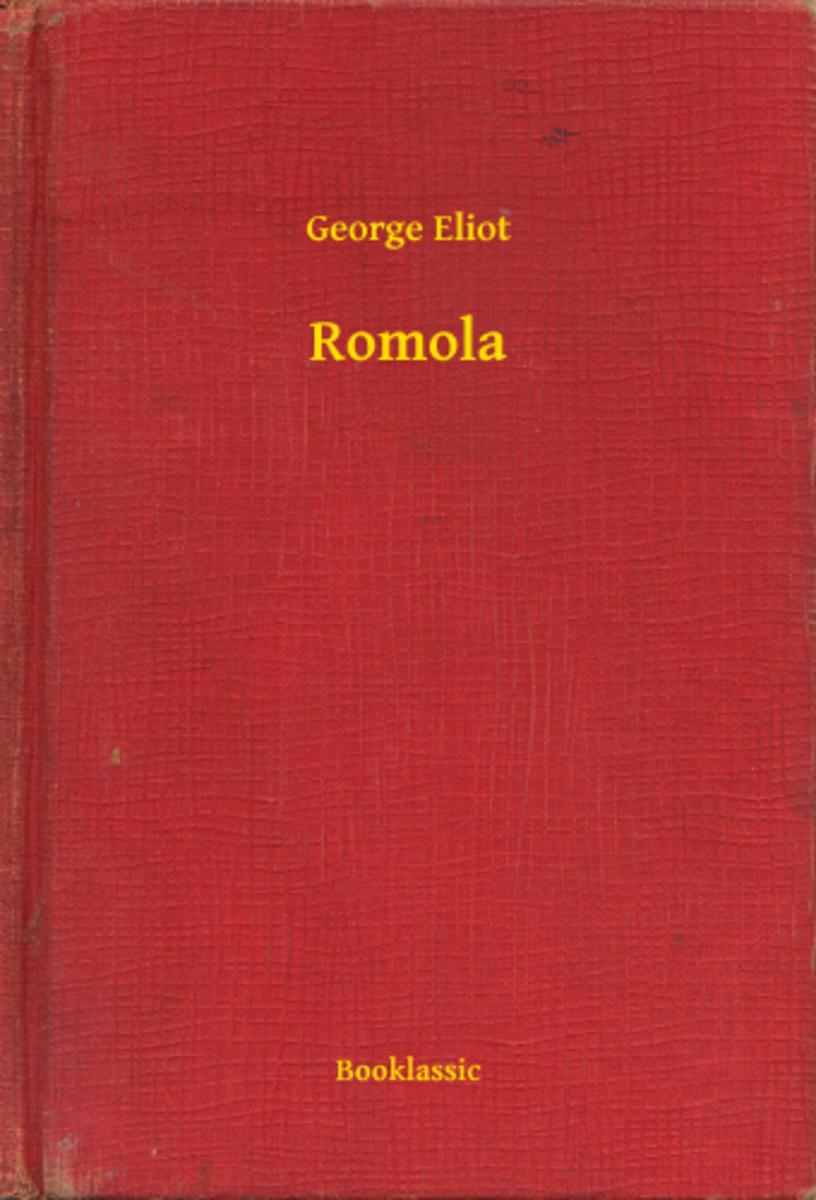
Romola
¥8.01
Romola

A Scientist Rises
¥7.93
A Scientist Rises
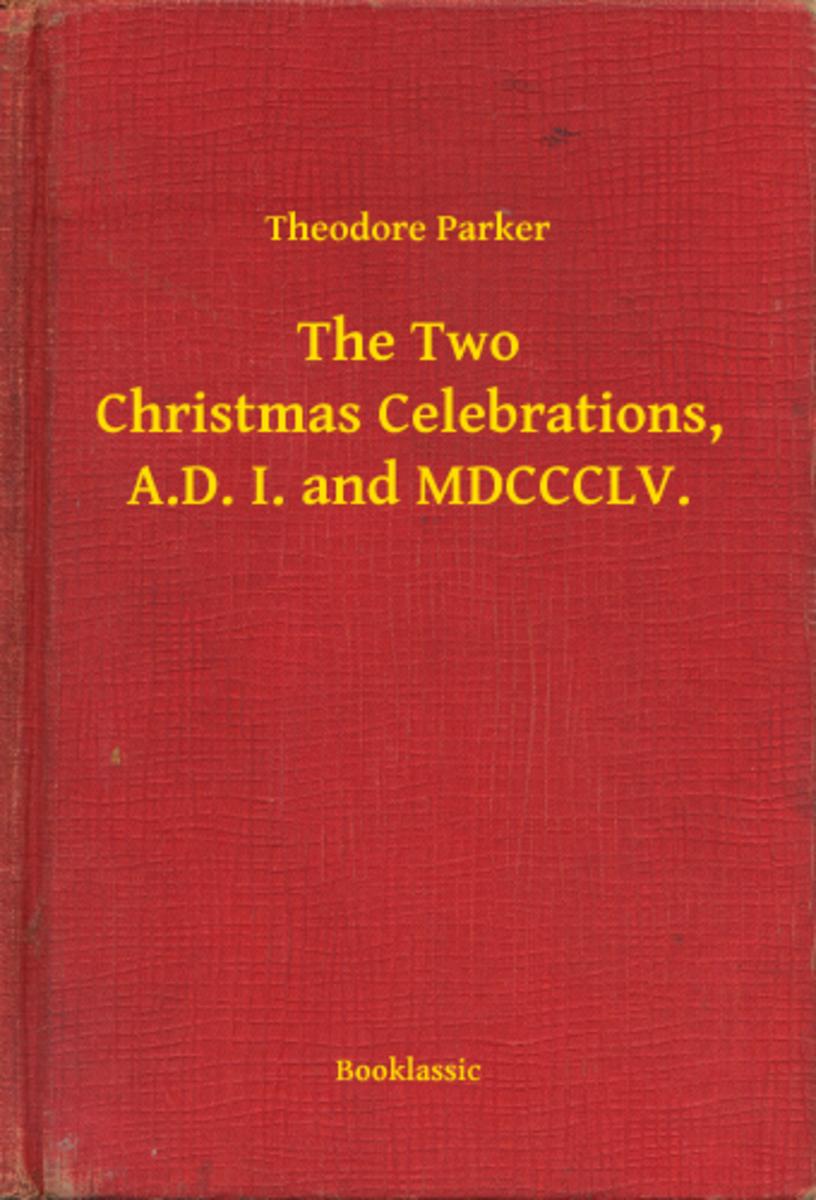
The Two Christmas Celebrations, A.D. I. and MDCCCLV.
¥7.93
The Two Christmas Celebrations, A.D. I. and MDCCCLV.

The Double Traitor
¥8.01
The Double Traitor
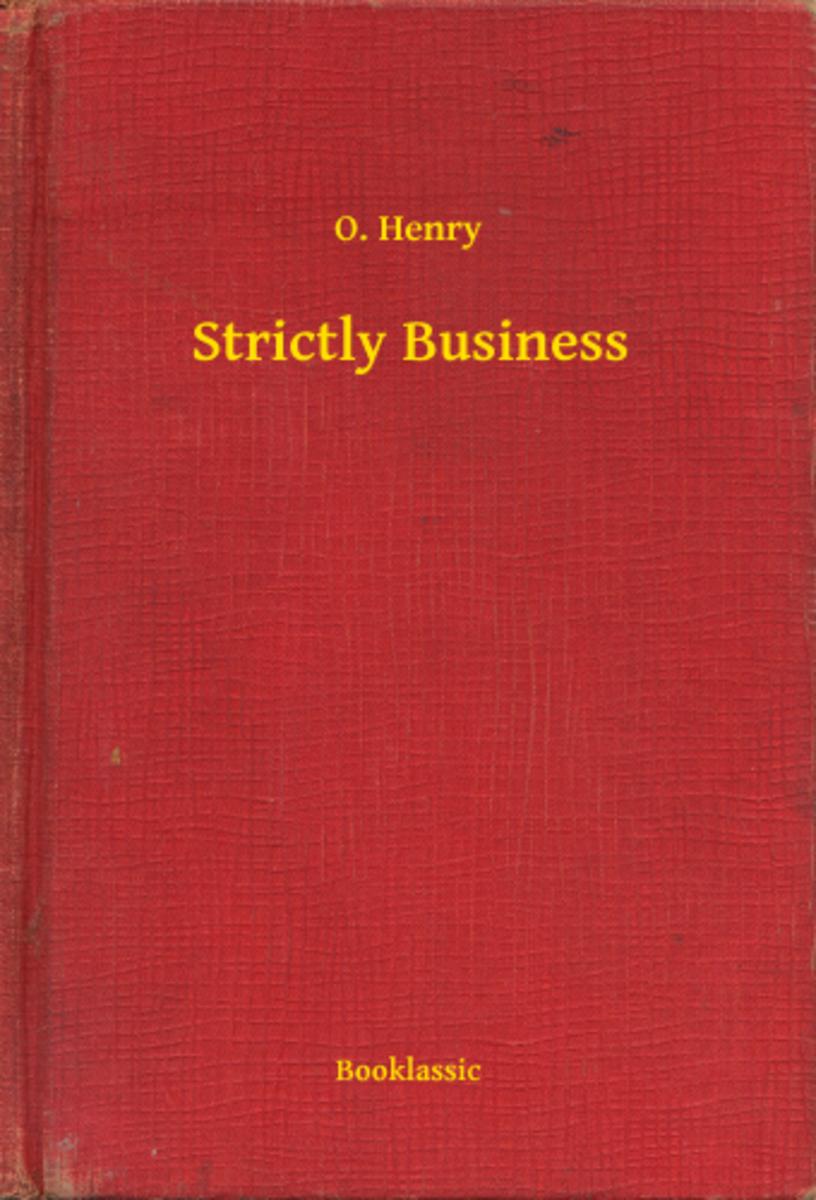
Strictly Business
¥8.01
Strictly Business
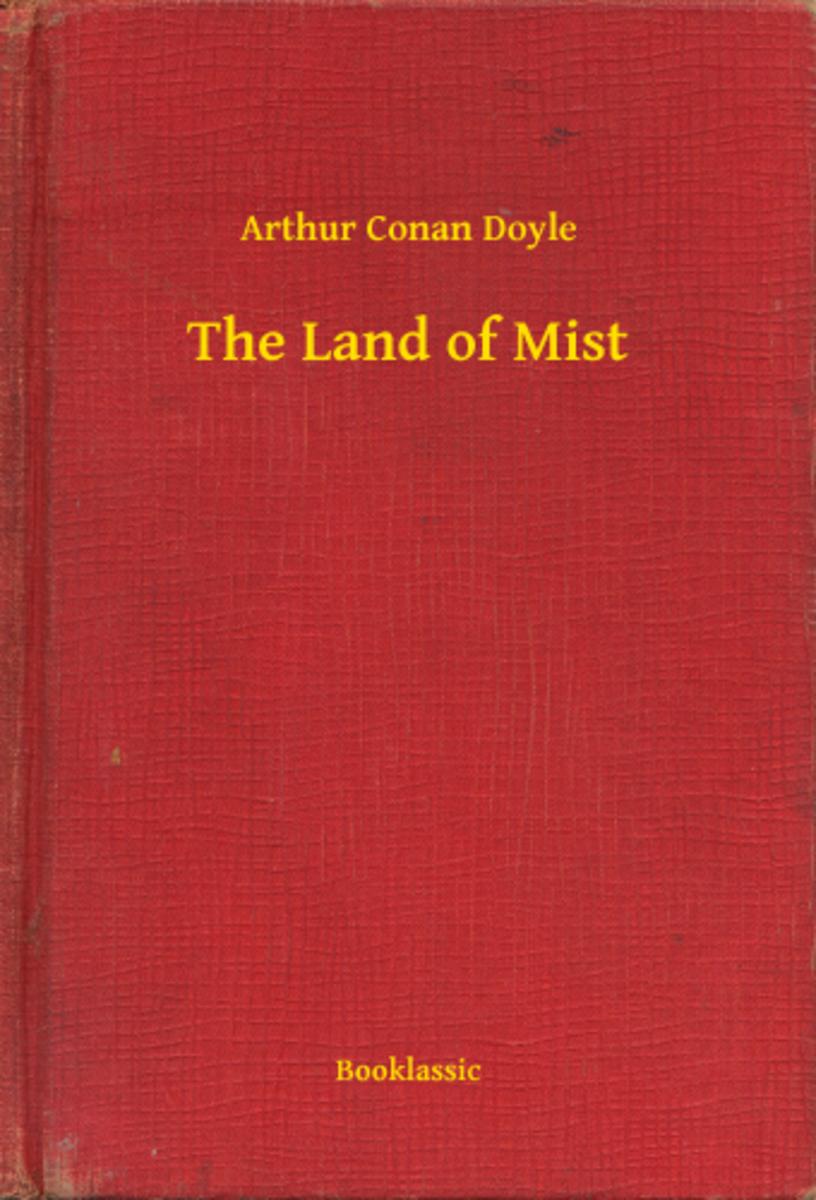
The Land of Mist
¥8.01
The Land of Mist
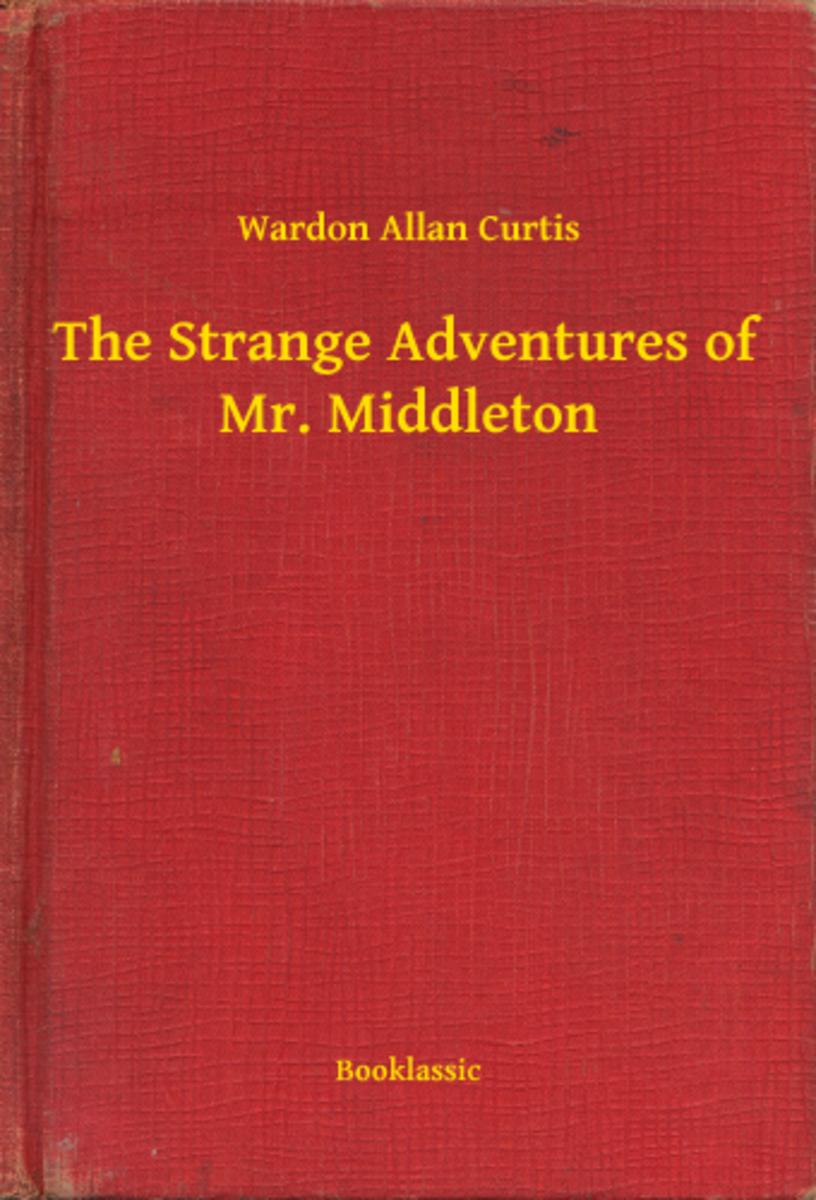
The Strange Adventures of Mr. Middleton
¥8.01
The Strange Adventures of Mr. Middleton

The Christmas Porringer
¥8.01
The Christmas Porringer
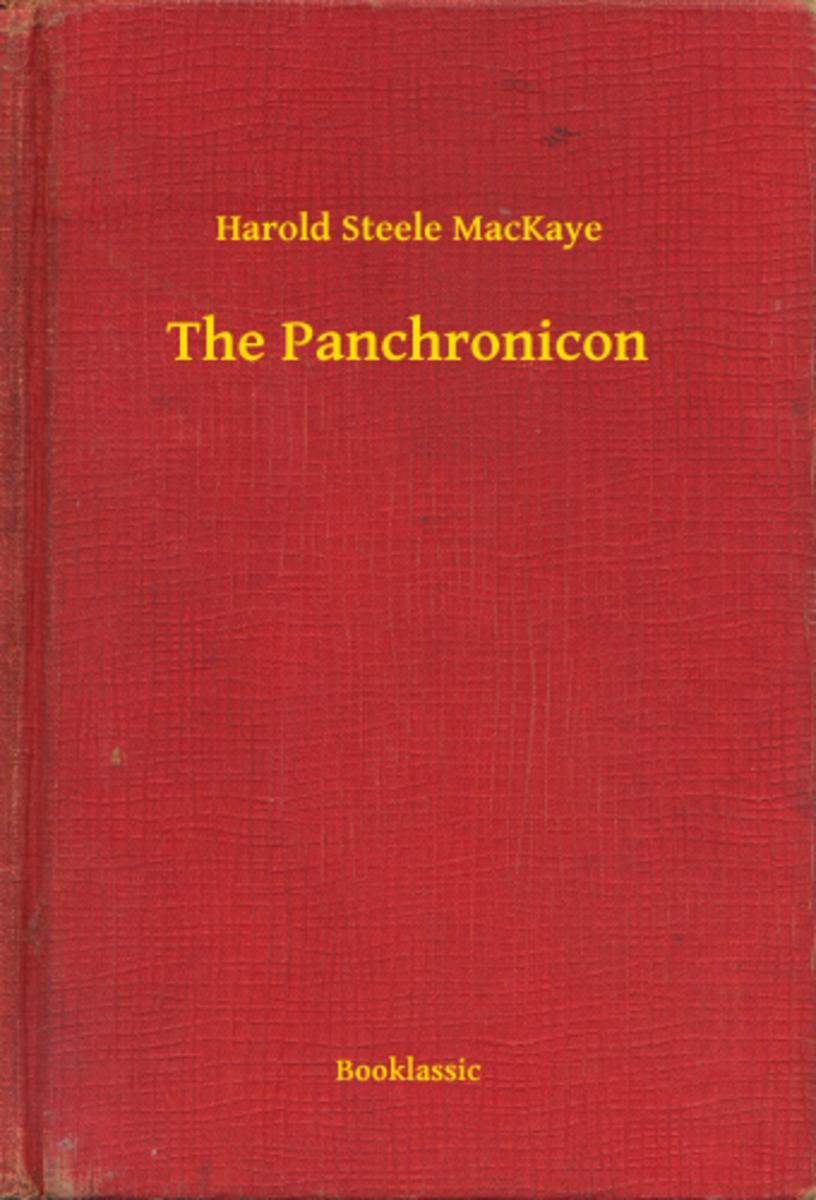
The Panchronicon
¥8.01
The Panchronicon




 购物车
购物车 个人中心
个人中心



